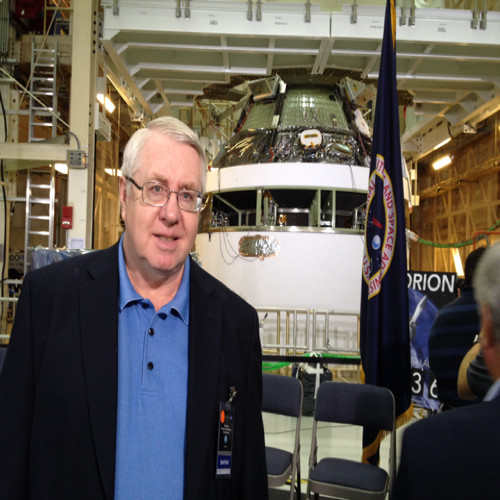NASA To Accelerate Space Nuclear Power

Copyright 2007 Aviation Week & Space Technology
CAPE CANAVERAL, Fla. – NASA will accelerate missions featuring space nuclear power, Aviation Week & Space Technology reports in its Oct. 1 issue.
The decision marks a major milestone for robotic exploration, but is a controversial move among groups that oppose space nuclear power because of launch safety concerns.
NASA’s objective will be to use nuclear power much more frequently to open previously isolated areas of the solar system for robotic exploration as early as 2013, Aviation Week reports.
NASA is moving quickly to make space nuclear power, and eventually nuclear propulsion, an inherent design element in near term, medium cost planetary missions.
This has come about with development progress in closed-loop Stirling cycle nuclear power systems, which are four times as powerful as the radioisotope thermoelectric generators (RTGs) used on past missions.
Alan Stern, who heads NASA science programs, is anxious to exploit this maturing technology for robotic exploration, and he wants to move fast. Initial proposals for Discovery and Mars Scout missions that would use Stirling closed-loop nuclear systems are due at NASA headquarters by Nov. 30.
NASA is seeking new ideas for exploration previously thought to be “out of the realm of possibility and probability,” says Jim Adams, deputy director of NASA’s Planetary Science Division. The new NASA nuclear power initiative also is likely to benefit military space operations and spur technology innovation by space contractors, NASA managers here said.
The nuclear power initiative comes as the Jet Propulsion Laboratory’s Dawn mission, equipped with revolutionary solar electric ion propulsion, is beginning its eight-year, 3 billion-mile journey to the asteroid belt, where it will orbit the infant planets Vesta and Ceres.
A key objective of the nuclear initiative is to undertake much more aggressive exploration of bodies like the ones Dawn is headed for. In the outer solar system these include the moons of Jupiter, Saturn, Uranus and Neptune, as well as Kuiper Belt objects that are remnants of the solar system’s formation. The emphasis on planetary moons and small bodies, like asteroids, is as strong in the science community as enthusiasm for a return to the Earth’s moon.
Meanwhile, a new study sponsored by the respected International Academy of Astronautics (IAA) is proposing a new emphasis on the exploration of such small bodies and asteroids as even a potential alternative to a return to expensive manned lunar operations. The IAA sees this as a way to develop technologies for future manned Mars exploration without development of a lunar base, while also doing something exciting and truly new. The report has only just been released publicly. Two of the major goals of this IAA assessment are a human mission to a near-Earth asteroid and a human mission to one of the Martian moons, either Phobos or Deimos.
But NASA’s new nuclear initiative also has equal application for possible future systems use on the Earth’s moon and everyone’s ultimate goal – Mars.
The new nuclear planetary program element is dubbed the “Discovery and Scout Mission Capabilities Expansion.” It is soliciting mission concept proposals for small planetary missions that require a nuclear power source, such as the Advanced Stirling Radioisotope Generator (ASRG) currently under development by NASA. “The Discovery and Scout Mission Capabilities Expansion program is intended to foster exploration in the planetary science community of missions enabled by nuclear power,” a Sept. 20 NASA document says.
The Stirling closed-loop nuclear system currently is being developed by Lockheed Martin Astronautics at Valley Forge, Penn., under contract to the Department of Energy in Germantown, Md. In support of this project, NASA’s Glenn Research Center in Ohio established a near-term technology effort to provide some of the critical data to ensure a successful transition to flight for what will be the first nuclear dynamic power system to be used in space.
Related Link
Amendment to the NASA Research Announcement Research Opportunities in Space and Earth Sciences, NASA HQ
“This amendment establishes a new program element in Appendix C.26 of ROSES-2007 entitled “Discovery and Scout Mission Capabilities Expansion.” This new program element solicits mission concept proposals for small planetary missions that require a nuclear power source, such as the Advanced Stirling Radioisotope Generator (ASRG) currently under development by NASA.”








